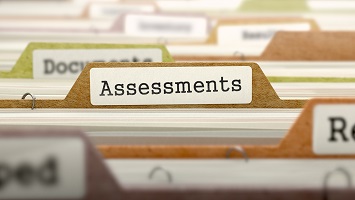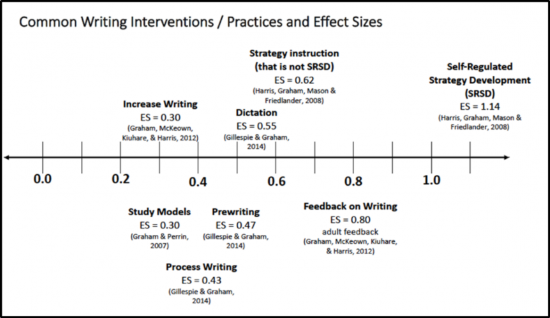RSE-TASC Survey Responses
Here are just a few examples from that survey showing how Lower Hudson educators supported their students’ success in past years:
- I focused more on the Universal Foundations Standards and modified my curriculum for the Work Study. Additionally, my Special Education Director and I have been working on creating a CDOS committee which will help with the transition process. One outcome is that we have implemented bi-weekly work assessments and unit evaluations and we have seen steady growth among the majority of the students.
- I began to train my middle schoolers who will be going to a supportive work program in more specific skills. They are becoming more responsible for their own actions.
- We will be changing our Master Schedule during the extended school year/summer session to give some of our students the opportunity to build CDOS hours/experiences. We also offered a Work Skills class this year to address the soft skills needed to be successful in all jobs. This Work Skills class taught our students some very important aspects of work readiness that they did not have previously. They learned the importance of interviewing skills and resume writing, etc.
- The whole of this school year in our classroom has been focused on students’ independence and individual student success. From September all tasks and activities placed on our students were done with this in mind. The outcome has been quite positive.
- I added students to Bookshare.org. Students who were struggling with decoding were able to read and listen to their books at school and home.
- I made sure students developed career plans and taught readiness skills for the world of work. My students completed cover letters and resumes, and started to understand how math pertains to the real world.
- I now make it a point to be as explicit as possible and I try to model everything I ask the students to do. As a result, students are able to complete the tasks more easily and have a deeper understanding of the work and material.
- I started tracking reading rates of Resource Room students. When I graphed reading rates of appropriate leveled books every student showed growth.
- I started to use some of the reading comprehension strategies in my group immediately. Students became more verbal and willing to participate in group discussions.
- I’ve started Peer Assisted Learning Strategies in my classroom and student engagement has improved significantly. .
- I now make time to allow the kids to work together and dialogue about what they are learning. I’m seeing improved grades and reading comprehension.
- I now use the engagement practice of written and choral responses most of the time and every student is more engaged and involved in the lessons.
- I engage my students more in small groups and have them respond to each other. As a result, my students are volunteering to participate in class discussions more than ever before. They like teaching one another vocabulary and facts using the teaching methods I learned.
- I started using several of the motivation techniques; e.g., current events/hot topics, “no opt out” for answering questions, and choral responding instead of calling on students who raise their hands. Now my students are more willing to answer because I eliminated hand-raising and I cold-call; fewer of them tune out.
- I speak about vocabulary throughout my lesson now so that it changes from a “vocabulary word” to a generic word in their vocabulary. Students now remember what the words mean!
Every year at the end of the year we ask educators who attended our workshops that year to reflect on that experience. We are most interested in your responses to two questions:
- Did you change your practice as a result of what you learned? If so, how?
- Did this change in practice result in improved student outcomes? If yes, how do you know?


 Data-Driven Decision-Making
Data-Driven Decision-Making  Increasing Post-School Success through Interagency Collaboration
Increasing Post-School Success through Interagency Collaboration  How Can We Improve Deeper Learning for Students with Disabilities?
How Can We Improve Deeper Learning for Students with Disabilities?  Positive Classroom Management: Creating an Environment for Learning
Positive Classroom Management: Creating an Environment for Learning  Self-Determination Skills Empower Students of All Ages
Self-Determination Skills Empower Students of All Ages  Fidelity of Implementation: What is it and Why does it Matter?
Fidelity of Implementation: What is it and Why does it Matter?  Rethinking Classroom Assessment
Rethinking Classroom Assessment  A Three-Step Approach to Identifying Developmentally Appropriate Practices
A Three-Step Approach to Identifying Developmentally Appropriate Practices  Transforming Evidence-Based Practices into Usable Innovations: A Case Study with SRSD
Transforming Evidence-Based Practices into Usable Innovations: A Case Study with SRSD